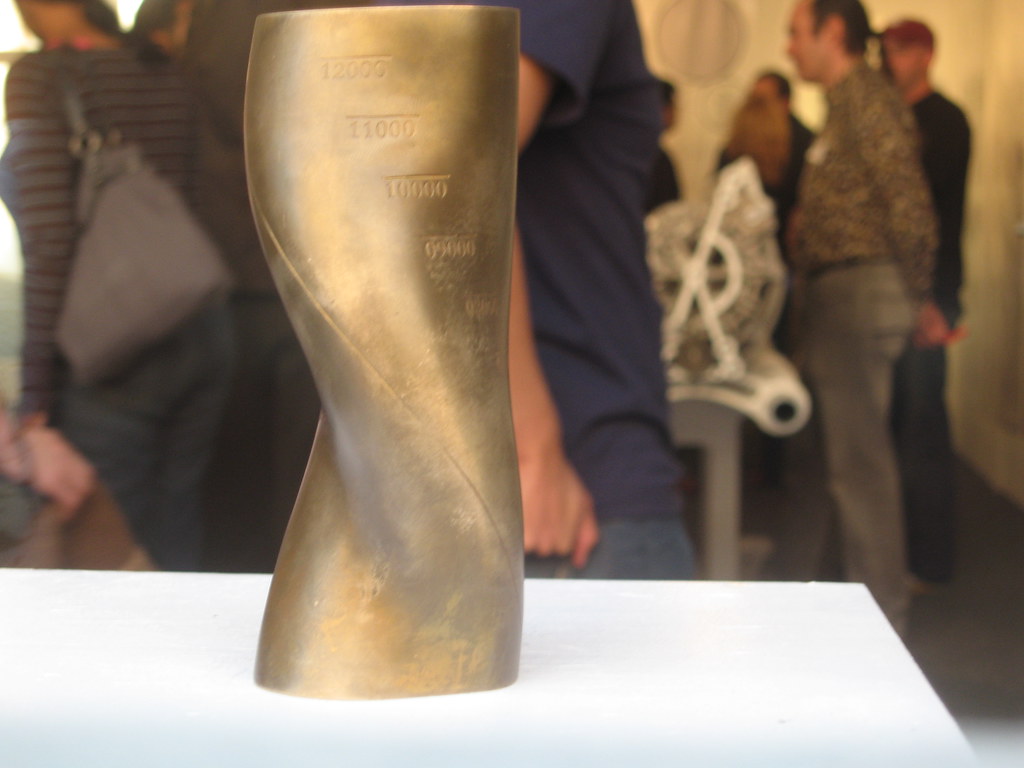- Joined
- Jul 23, 2012
- Messages
- 1,899
- Reaction score
- 872



There are three parameters that affect the size and shape of the analemma — obliquity, eccentricity, and the angle between the apse line and the line of solstices. Viewed from an object with a perfectly circular orbit and no axial tilt, the Sun would always appear at the same point in the sky at the same time of day throughout the year and the analemma would be a dot. For an object with a circular orbit but significant axial tilt, the analemma would be a figure of eight with northern and southern lobes equal in size. For an object with an eccentric orbit but no axial tilt, the analemma would be a straight east–west line along the celestial equator.
For a 3D version of same, see the main cam of the Long Now Project.


It's aliens
(I tried to insert a meme of the ancient aliens guy but it did not work. If it had this post would be way funnier.)
M
It's because the earth is flat and they're doing it as part of day-light savings time to screw us out of money by charging more for electricity.
It's because the earth is flat and they're doing it as part of day-light savings time to screw us out of money by charging more for electricity.
Enter your email address to join: